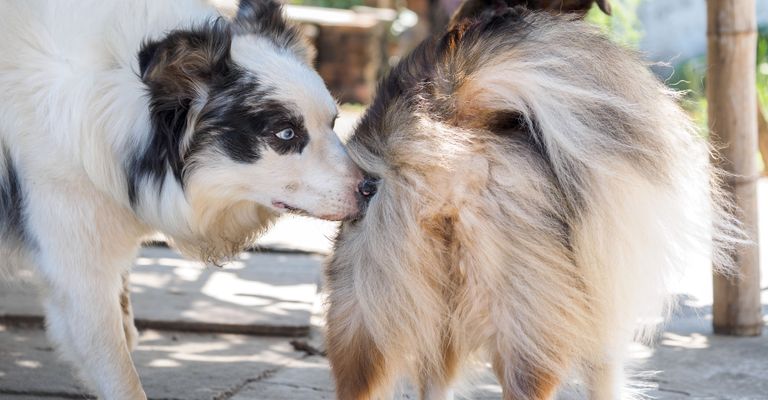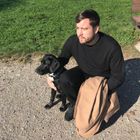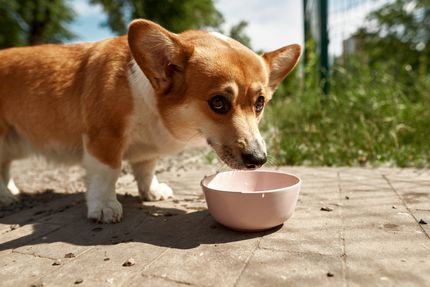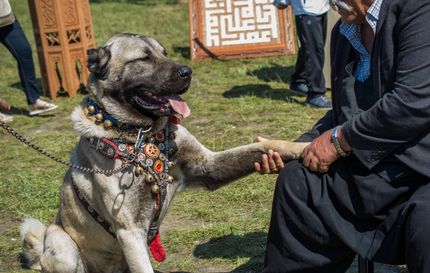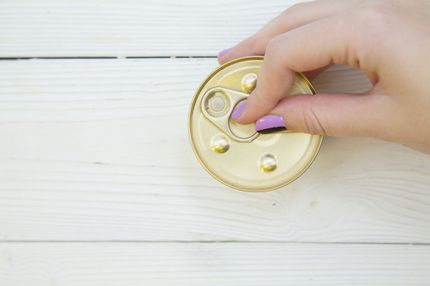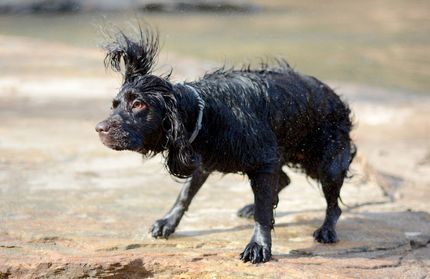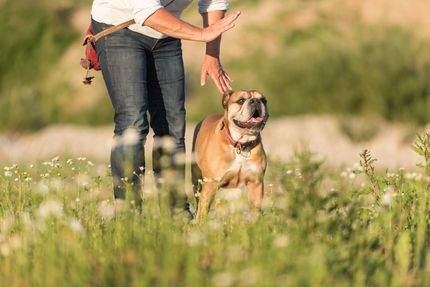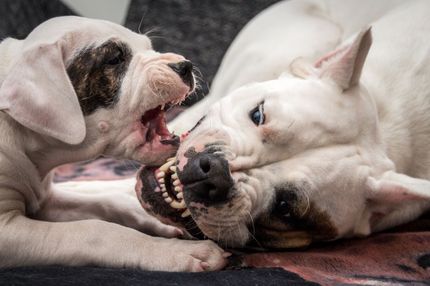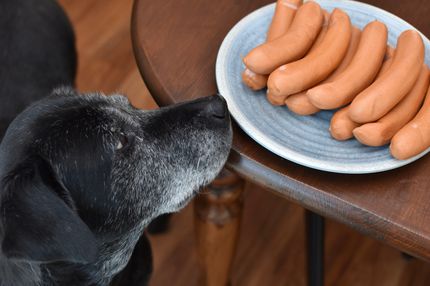Anal gland inflammation in dogs - causes, symptoms, diagnosis, prevention and treatment
Anal glands are present in every dog. However, you only become aware of them when they cause problems for your dog. The anal glands in dogs are located to the right and left of the anus. They are located about 2 to 4 millimeters under the skin in the anal sacs. Their job is to create your dog's individual scent. They produce a brownish secretion which is mixed with the faeces. Your dog spreads this personal scent to mark territory. In addition, dogs also like to sniff the anus (anal glands) of their mate during the getting-to-know-you phase. In this way, the individual scent of the other is absorbed.
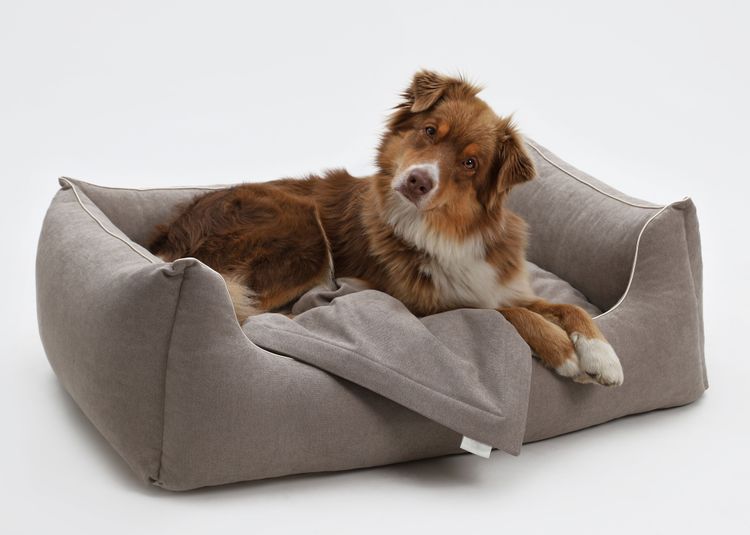
Basics and causes of anal gland inflammation.
Secretions in the anal glands are constantly produced. The anal gland sacs are emptied regularly by defecation. If the outlet for the secretion is blocked, inflammation can occur. One reason for constipation can be diarrhea. But a generally too soft feces, can also prevent the emptying of the glands. During defecation, the anal muscle is dilated and the secretion is forced out. If there is diarrhea or the feces are too soft, this process is not activated. In addition, the opening of the glands can become blocked or smeared by feces. In long-haired breeds, the sticking of the exit is favored by the fur. In addition, small breeds or even dwarf breeds have a certain predisposition to blockage of the anal glands.
- Breed specific predisposition
- blockage or adhesion of the anal gland outlet (fur, faeces)
- emptying of the anal sacs is not activated (diarrhoea, soft faeces)
Symptoms and diagnosis of anal gland inflammation in dogs.
Suspicion of anal gland inflammation in dogs can arise from a variety of symptoms. The first reaction to clogged anal sacs is uncomfortable pressure, as secretions are constantly produced and cannot drain. Your dog wants to get rid of this uncomfortable feeling. "Sledging" the dog is only of limited value. There can be various reasons for the butt rubbing against the floor. Possibly an unpleasant itching at the anus, worm infestation or a stuck blade of grass is the cause. If this "pore rubbing" is associated with an unpleasant odor, then it indicates a blockage of the anal glands.
The smell of anal gland secretions is very unpleasant for "bipeds". You notice this stench when you have anal gland problems. You mean that your whole dog smells like feces. If he hasn't just rolled around somewhere, this is an indication of clogged anal glands.
If this blockage is not cleared, it can lead to inflammation. Inflammation of the anal glands is very painful. This means that your dog will have pain when defecating, sitting down, or walking. The area of the anus and anal glands will be swollen and reddish. Your dog is extremely sensitive to pressure in this area and does not want to be touched. If the inflammation has been present for a long time, abscesses can form. With light pressure, a strong smelling secretion with some blood and/or pus may be secreted from the glands. In some cases, your dog will develop a fever.
- "Sledging" in connection with an unpleasant smell
- generally unpleasant smell (dog stinks of iron)
- problems with defecation
- sensitive to pain in the buttocks and anus area
- reddish colouring and swelling in the anal area
- filled anal gland pouches are palpable
- purulent fluid with a bad smell from the anal glands
- slight fever
Therapy and prevention for anal gland inflammation.
The most important thing in this situation is to empty the anal glands. You can do this yourself. But under the condition that the procedure has already been shown to you once by the vet. Otherwise a visit to the vet is absolutely necessary. There the anal glands will be emptied. In case of an inflammation the glands will be flushed and possibly antibiotics will be given. Manual emptying of the glands is not a permanent solution. It is acceptable in emergencies. Unfortunately, the glands are sensitive to pressure. The production of secretions is significantly stimulated and the anal gland problem may be exacerbated.
If diarrhea is frequent or feces are constantly too soft, the diet must be reviewed. There may be too many grain substances in the food. Your dog's intestinal flora needs to be slowly rebuilt. A quality food with fibre or barfing will get the intestines going again. Regular feeding of bones (uncooked, no poultry bones) strengthens the faeces. But please do not give too much, otherwise a general constipation (too hard faeces) could develop.
Make sure that the anus area of long-haired breeds is clearly visible and free. A general regular inspection and cleaning of this area will prevent anal gland blockage in dogs.
- Change of food (roughage)
- regularly give bones
- Hygiene of the anal area
